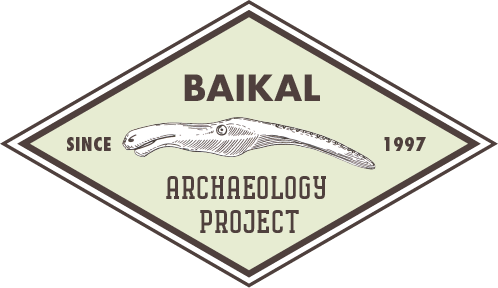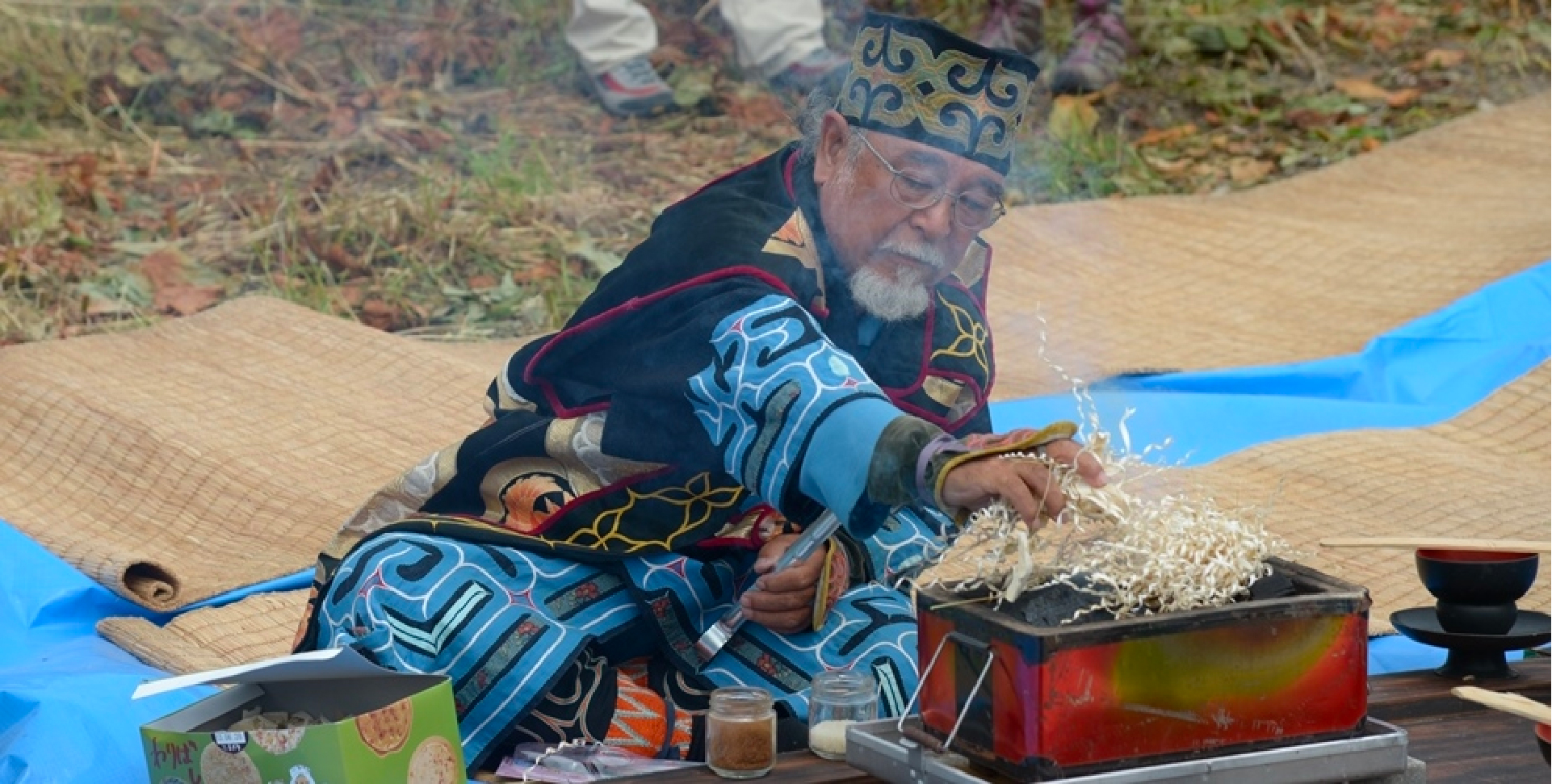
[rev_slider alias=”home-hero” /]
Previous Fieldwork
Rebun Island, Japan (2011-2017)
The Baikal-Hokkaido Archaeology Project is a joint venture between the University of Alberta (Canada) and Hokkaido University (Japan) with the involvement of several international partners. Fieldwork on Rebun involved the excavation of the Hamanaka 2 site and preliminary ground penetrating radar (GPR) work at the nearby Funadomari site.
The Funadomari site is a large sand dune located in the town of Funadomari, between Funadomari Bay and Lake Kushu at the northern end of Rebun Island. Previous excavations of the site have revealed two grave clusters, each with 10 to 12 individuals.

Hamanaka 2 is a one to two kilometer hike from Funadomari. It is a multi-component shell midden with graves ranging in age from the Ainu to Jomon periods. Sakaguchi (2007) has suggested that the site was first used by Late Jomon (~1500 BC) maritime hunter-gatherers as a campsite for intensive pinniped hunting & processing, while it was used as a human burial area and dog butchering site during the more recent Okhotsk period (AD 500- AD 1000).
“The whole Rebun experience was very special, very different from a typical ‘Japan experience’. You really got to know how rural Japanese people live day to day and got to experience some great traditions.”
“The whole Rebun experience was very special, very different from a typical ‘Japan experience’. You really got to know how rural Japanese people live day to day and got to experience some great traditions.”
Participants in the BHAP excavations received intensive training in a variety of fieldwork methods including: excavation and documentation techniques, data collection protocols, artifact processing, topographic survey, GPR, and the identification, removal, and curation of human and non-human osteological material.
In addition to site work, in past seasons we were able to organize a number of extracurricular “cultural experiences” for students, including: a Japanese tea ceremony, calligraphy lessons, Taiko drumming, hikes and nature walks, museum trips, and local festivals.

References
Nishimoto T, editor. 2000. Hamanaka 2 Iseki Hakkutsu Chosa Hokokusho [Report on the Research Excavation at the Site of Hamanaka 2]. Bulletin of the National Museum of Japanese History 85, Sakura (in Japanese).
Nishimoto T, editor. 2000. Rebun Cho Funadomari Iseki Hakkutsu Chosa Hokokusho [Report on the Excavation at the Site of Funadomari]. Rebun Cho Kyoiku Iinkai, Rebun (in Japanese).
Sakaguchi T. 2007. Refuse patterning and behavioral analysis in a pinniped hunting camp in the Late Jomon Period: A case study in layer V at the Hamanaka 2 site, Rebun Island, Hokkaido, Japan. Journal of Anthropological Archaeology 26: 28-46
